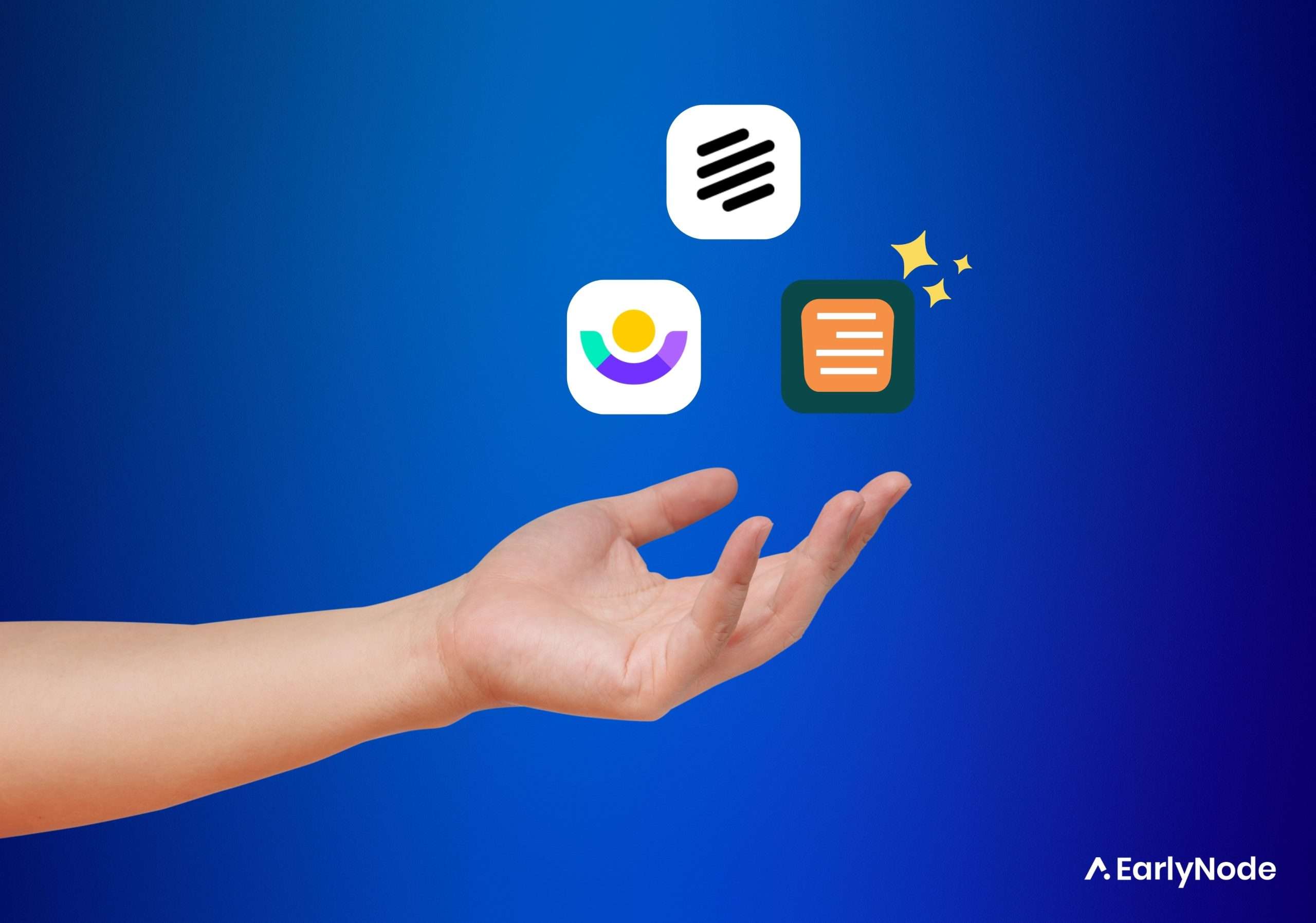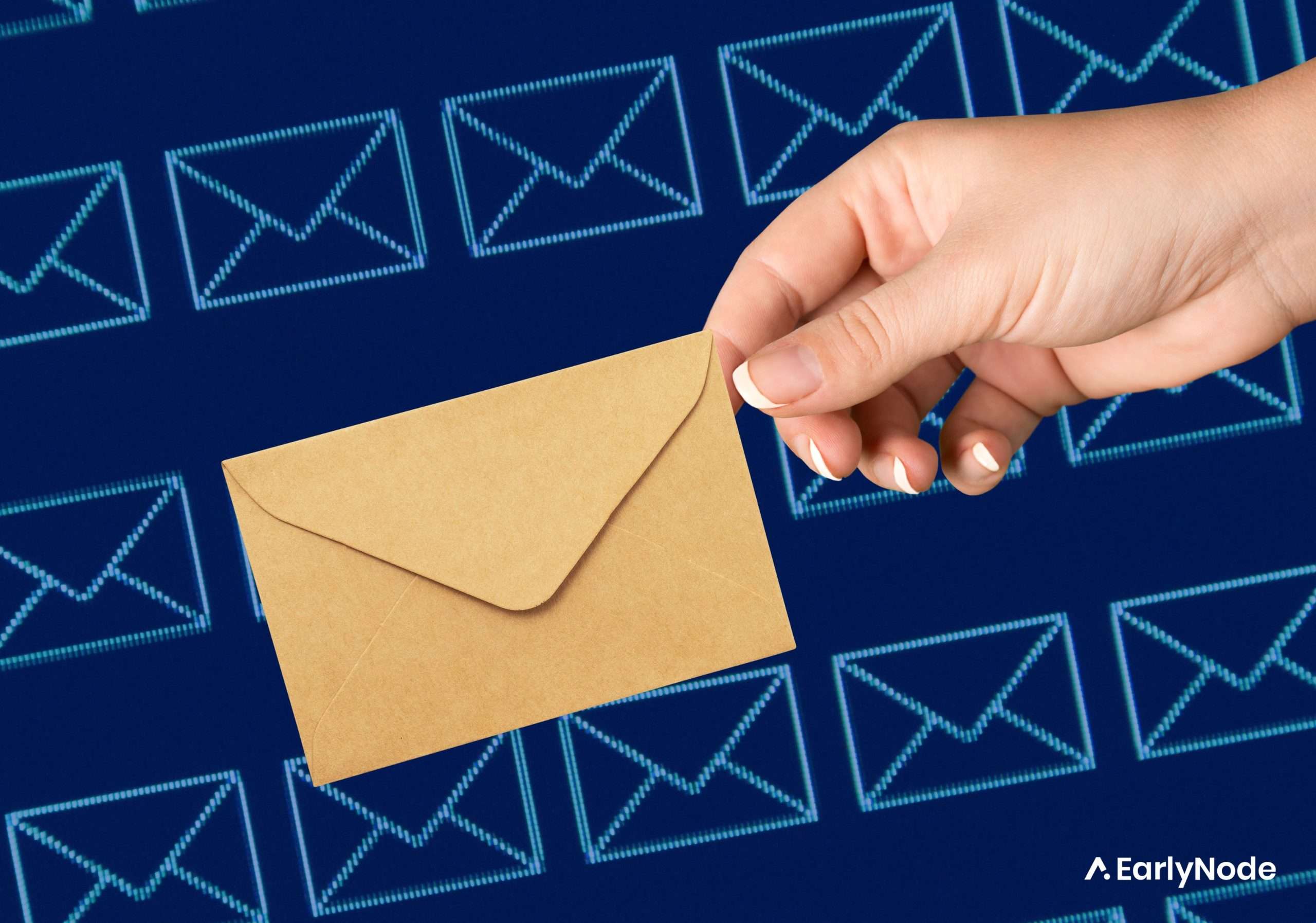Audience segmentation for better targeting in product marketing

In today’s digital age, not all consumers are created equal. Audience segmentation helps to pinpoint different groups of users who use your product. It’s not just about talking; it’s about sending the right message to the right people.
Let’s dive into the heart of why segmentation is a modern marketing must-have.
What is Audience Segmentation?
Audience segmentation is grouping customers together based on what they have in common. Segmenting can help you create better campaigns and messages that really resonate with your target audience.
Importance of Audience Segmentation
#1 Helps you focus on your target audience
By segmenting your audience you get to know your target market and figure out what they’re into and what they’re expecting from you. This will help you achieve successful marketing campaigns.
#2 Ensures a customer-first strategy
Understanding what sets your audience apart using data helps you create successful campaigns tailored to their interests.
#3 Uncovers new opportunities
Dividing your audience into segments might help you discover what your target groups are really into. With that knowledge, you could develop cool ideas to connect with that audience better.
#4 Gives you a competitive advantage
The more you know about your audience and what’s going on around them, the better equipped you are to stay ahead of the game. Keeping up with trends and responding quickly gives you a major leg up over the competitors.
#5 Helps you to retain and attract the right customers
Understanding the preferences of your audience can help you attract and retain the right customers. It’s all about genuine connection and understanding. By truly understanding your audience’s preferences, you’re able to craft messages and offers tailored to what they care about.
When you hit the spot, not only do they feel seen and understood, but they’re also more likely to stick around, waiting for what next you have in store for them.
Challenges of Audience Segmentation
#1 The quality of your data affects the strength of your segments
Segmenting your audience lets you know who your customers are and what they’re interested in. But getting that info can be tough – job titles and company sizes change constantly, and tracking behavior can be tricky. All that data can be spread out across different tools like email and analytics platforms.
#2 Time consuming
It can be a pain to write multiple emails to different groups within your audience. It takes time to craft each message against the potential value it could bring. And there are other things to consider too, like how big your audience is, how much revenue is on the line, and how long your message is.
#3 It can be challenging to identify the right audience to achieve your goal
A lot of businesses mess up their communication with customers because they forget what they’re trying to achieve and end up sending out a message that doesn’t really connect with their audience.
Types of Audience Segmentation
If you’re looking to break down your audience into different groups, there are plenty of ways to do it. Some common methods include;
- Demographic segmentation: This lets you in on specific characteristics of an individual, such as their age, their gender, or marital status. This kind of info can give you a general idea about the individual.
- Behavioral segmentation: This info tells you what people like to do – whether they shop a lot, use social media, play games, or spend a ton of time on their devices.
- Psychographic or attitudinal segmentation: Customers have different perceptions, interests, and mindsets. Knowing people’s lifestyle choices and values can play a big role in knowing how to connect and communicate with them.
- Geographic segmentation: You need to know where your potential buyers are located. You can be as general or specific as you want. For example, you could focus on users in a specific region, or zoom in on just one country or territory in a region.
Audience Segmentation tips
💡 Use detailed customer profiles to guide your creative process.
You need to know who you’re talking to to attract the right people. Start by figuring out their basic info like age, location, and family size. Then dig deeper into their likes, dislikes, and pain points. You can do this by carrying out online surveys or in-person interviews.
This way, you can create a more complete picture of who your audience are and what they’re into.
Once you have this info, you can use it to make targeted ads and content that actually resonates with them.
💡 Use customer journey maps to study their needs
To deliver the value effectively, try to anticipate your customers’ needs and understand what drives them. Create a roadmap of their journey and tailor your content for each stage to keep them hooked.
💡 Create a more personalized experience with the data
You can better target your audience and make your messaging more personalized with detailed data. To create a killer marketing campaign, mix some qualitative personas with quantitative data. That way, you’ll be sure to reach the right customers every time.
💡 Explore different ways of usage and needs
By breaking down your audience into different groups based on how the use your product, you can target their individual needs and find even more people who are looking to use your product to do the same thing.
💡 Find out what really interests your audience to expand your reach
Find out what your audience is engaging with on social media. Then you can make some killer plans to grab their attention. Keep an eye on how things are going and tweak your campaigns to make them even better.
Using audience segmentation can help you avoid typical mistakes in mismatched marketing strategies and offer a more personalized experience to your customers. It’s the way forward for communicating powerfully with your audience.



